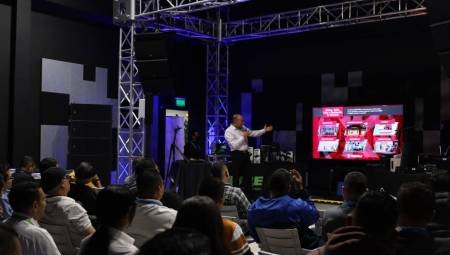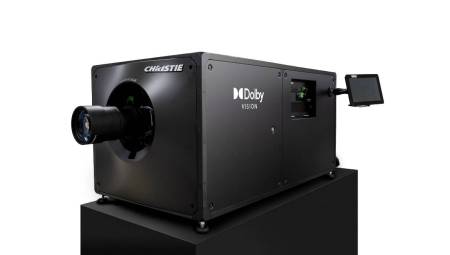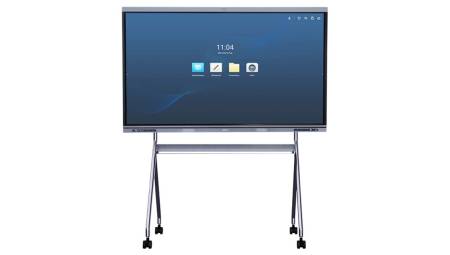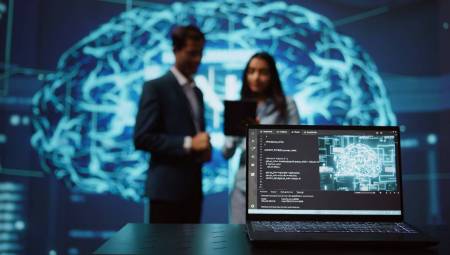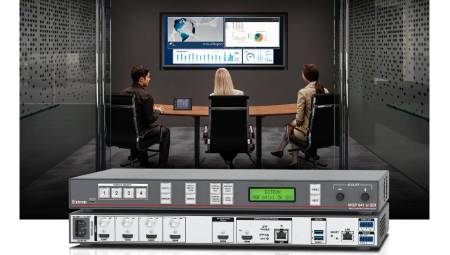 Mexico. Due to their versatility, image quality, ease of operation and cost-benefit ratio, it has turned Panasonic's robotic cameras into useful tools for the integration of professional video solutions focused on various areas such as staff training, the dissemination of public information or the creation of internal television channels.
Mexico. Due to their versatility, image quality, ease of operation and cost-benefit ratio, it has turned Panasonic's robotic cameras into useful tools for the integration of professional video solutions focused on various areas such as staff training, the dissemination of public information or the creation of internal television channels.
It is possible to install robotic cameras a basic television studio anywhere, without the need for a large technological deployment and with very few personnel in charge of its operation. To these advantages, we must add the easy access to video transmission over the Internet and the greater availability to make satellite links.
Panasonic de México has provided the technology, while Teletec, an integrator of audiovisual solutions, has designed the project tailored to the needs of each user, with systems composed of robotic cameras, camera controls and switchers, which operate in small spaces or in enclosures where the intervention of a cameraman is not feasible due to their conditions or costs.
Infoem Case: Video Broadcasts for Transparency
The Institute of Transparency of the State of Mexico, INFOEM, guarantees access to public information and protection of personal data in the State of Mexico, but is also responsible for promoting transparency and accountability, through close and permanent contact with Mexican society.
Infoem must disseminate its own actions and, at the same time, arouse the interest of the population, so a camera system was installed that allows them to create a videographic file, broadcast live on the Internet the deliberations of its members and have available the videos of the work sessions.
The system consists of three AW-HE50S robotic cameras, three AW-RP50 camera controls and an AW-HS50 switcher, all from Panasonic and easily operated by a single person.
According to Infoem, it has been possible to arouse the interest of the population about the work of this body, making transparent the way in which the counselors work and resolve the resources and requests of citizens. "We are reaching the population through live broadcasts via the Internet (streaming), in combination with videotaped sessions," says Ulises Lovera, DIRECTOR of Information Technology at INFOEM.
Case Of the Judicial School of the State of Mexico: Documentation and Legal Education
The Judicial School of the State of Mexico is an academic institution dedicated to the formation, training and updating of jurisdictional public servants.
Like any academic institution, the Judicial School uses its Aula Magna to hold congresses, workshops, book presentations, conferences and reception exams, activities that must be recorded on video for later consultation and study.
This Aula Magna is also the seat of the annual report of the president of the Superior Court of Justice of the State, a plenary session where the state of the organism is informed and which is disseminated through a television transmission.
When studying the needs of video documentation and considering the costs of equipment rental and hiring of third parties that were exercised, it was decided to equip this recent with an own video recording system consisting of four AW-HE50S cameras, a compact camera control AW-RP50 and a Panasonic AV-HS400AN switcher.
According to Oscar Mata, deputy director of Cultural Extension and Dissemination, with the new robotic camera system, the institution has optimized its budget, achieving considerable savings by suppressing the hiring of external production services. Regarding the general public, the system has allowed an easy and fluid integration with Internet transmission, in this way the dissemination of legal culture has grown.






